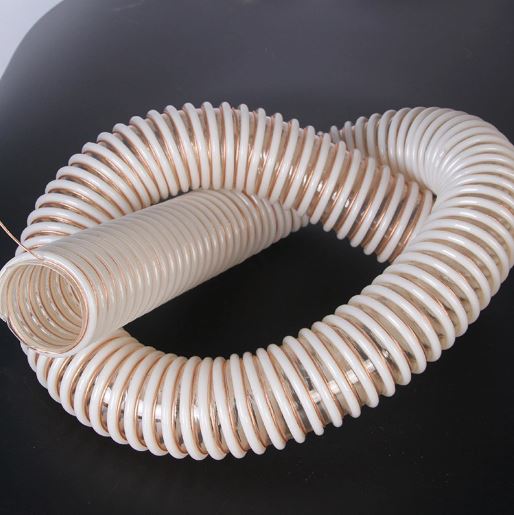lpg hose
Understanding LPG Hoses Safety, Functionality, and Applications
Liquefied Petroleum Gas (LPG) is a popular fuel choice for various applications, ranging from home heating to cooking, and even as a power source for vehicles. However, the safe transportation and handling of LPG require specialized equipment, one of the most critical components being the LPG hose. This article delves into the essential aspects of LPG hoses, including their construction, safety considerations, and applications.
What is an LPG Hose?
An LPG hose is a flexible pipe that is specifically designed for the transfer of liquefied petroleum gas. These hoses are constructed to withstand high pressure while maintaining integrity against the potential corrosive effects of LPG. Typically made from a blend of rubber and other materials, LPG hoses come with reinforced layers that enhance their durability and resistance to wear and tear.
Construction and Features
LPG hoses are built with specific features that make them suitable for their intended purpose. The inner layer is usually composed of high-quality rubber or thermoplastic to ensure compatibility with LPG. This layer must be resistant to permeation, ensuring that none of the gas escapes during transit. The middle reinforcement layer, often made from steel or textile, provides added strength and flexibility. Finally, the outer layer is designed to protect against weather conditions, UV radiation, and potential mechanical damage.
One key feature of LPG hoses is their compliance with industry standards. Hoses must meet rigorous safety and performance standards set by organizations such as the American Society for Testing and Materials (ASTM) and the American National Standards Institute (ANSI). These regulations ensure that the hoses can operate safely under varied conditions, including extreme temperatures and pressures.
Safety Considerations
lpg hose

Given the flammable nature of LPG, safety is paramount when using LPG hoses. Regular inspection is critical to ensure hoses are free from cracks, leaks, or other signs of wear. Users should look for any discoloration, bulging, or brittleness, which may indicate that the hose needs replacement. Additionally, proper storage is essential; hoses should be kept away from direct sunlight and extreme temperatures to prevent deterioration.
Users should also employ proper connection techniques. The hoses must be securely attached to both gas cylinders and appliances to minimize the risk of leaks. Additionally, the use of appropriate fittings and clamps can further enhance safety. In the event of a gas leak, knowing how to locate and use a multi-gas detector can be life-saving, making it essential for users to be familiar with emergency protocols.
Applications of LPG Hoses
LPG hoses are versatile and can be used in various settings. In residential environments, they are commonly used for connecting gas cylinders to stoves, heaters, and barbecue grills. In commercial applications, LPG hoses facilitate the transfer of gas to large appliances and heating systems in restaurants, hotels, and industrial kitchens.
Moreover, LPG hoses find usage in vehicular applications as well. Many vehicles, especially those designed for dual-fuel systems, utilize LPG as an alternative to traditional gasoline or diesel engines. In this context, the hoses must be manufactured to withstand the specific demands of automotive use, including high levels of vibration and temperature changes.
Conclusion
The importance of LPG hoses cannot be overstated, given their role in the safe transport and use of liquefied petroleum gas. Understanding their construction, adhering to safety protocols, and recognizing their diverse applications is crucial for anyone involved in LPG handling. By ensuring the integrity of LPG hoses and following best practices, users can enjoy the benefits of LPG while minimizing risks associated with its use. In a world increasingly reliant on efficient and versatile fuel solutions, the LPG hose stands out as a vital component in promoting safety and functionality.
-
Top Quality Oxy Acetylene Hoses for Sale Fit for Welding DemandsNewsJul.28,2025
-
The Future of Pneumatic Air Tubes in IndustryNewsJul.28,2025
-
Superior and Reliable LPG Hose Pipe Solutions for Every NeedNewsJul.28,2025
-
Exceptionally Durable and Versatile Premium Braided PVC TubingNewsJul.28,2025
-
Best Adapters for Connecting Garden Hose to PVC Pipe ConnectionsNewsJul.28,2025
-
The Essential Role of LPG Hoses in Safe and Efficient Gas DistributionNewsJul.16,2025














